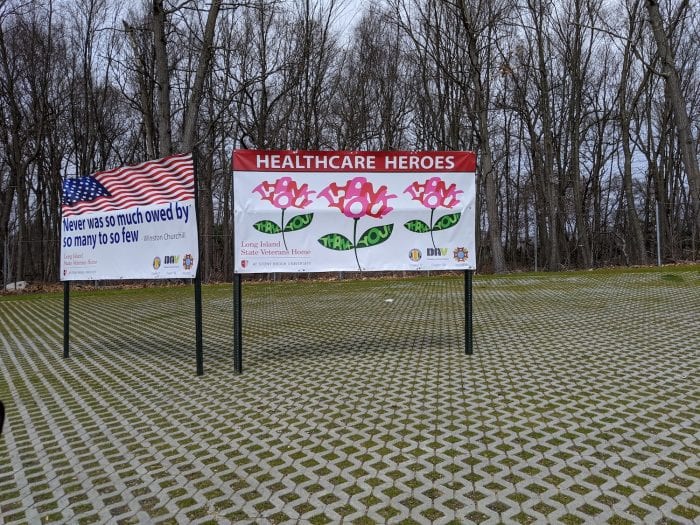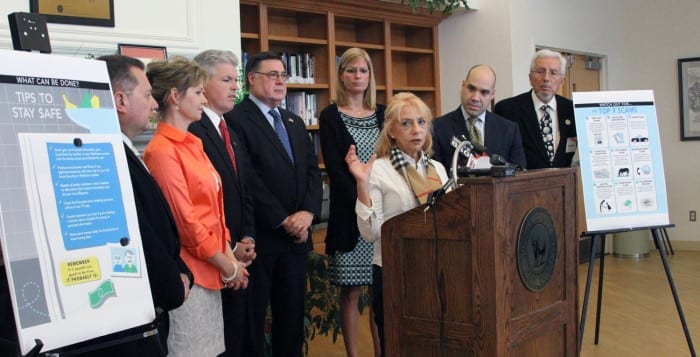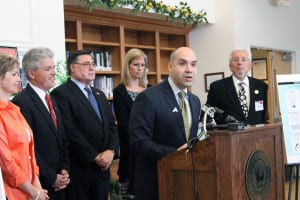By Kyle Barr, Leah Chiappino and David Luces
For the elders along the North Shore, those living in communities and places built for people living out their late or twilight years, the coronavirus has sewn both devastation and concern. State data now shows that the virus has made a huge impact on nursing homes, more so in Suffolk than most other New York counties.
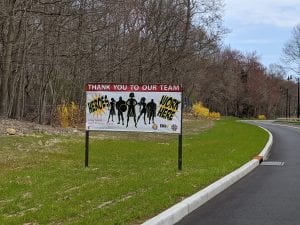
Data from New York State as of April 12 showed close to 20 percent of all deaths from COVID-19 came from nursing homes or other adult care facilities — 1,979 of a total of just over 10,000. An additional 459 deaths have come from adult care facilities.
Suffolk County has seen 141 deaths from people in nursing homes and 95 from those living in assisted living places. That is out of the 568 who had perished from the disease as of Monday. The latest number of deaths, as of press time Wednesday, April 15, was 653.
It’s a staggering number that displays Suffolk has a higher percentage of elder deaths compared to surrounding counties, such as Nassau which has a total of 261 fatalities out of 910 as of Monday.
This is also considering in late March, New York officials mandated nursing homes must accept stable or recently discharged-COVID-19 cases into their facilities, partially as an effort to not overload the health system and give these elders places to live when many have nowhere else to go.
Suffolk County Executive Steve Bellone (D) said they had no clear information on why nearly half of all COVID-19 deaths were related to nursing homes or adult care facilities. County officials have said, upon analysis, these homes have implemented all state and county rules correctly.
The county executive added that upon review, the virus was shown to have been inside Suffolk before testing became ubiquitous and before all the calls for social distancing were in place.
“If the virus was here, and people are going into nursing homes, workers coming in and out — you put those two things together and you’re going to have the kind of numbers that you see here,” he said. “It’s tragic and it’s devastating. This is one of those things why testing early on was important and could have helped to save lives.”
Gov. Andrew Cuomo (D) also said he was concerned with the numbers released about nursing homes.
The Long Island State Veterans Home released a letter April 8 saying that, at that time, seven veterans have died due to the coronavirus as a comorbidity. Forty vets had tested positive for coronavirus, where 35 were still living in the home and another five were being treated at Stony Brook hospital. Fourteen employees also tested positive for the virus and were recuperating at home.
“Each of these veterans answered the call to serve our great nation with honor and dignity to protect the freedoms we all enjoy today as Americans,” the letter read. “Our staff is grieving the loss of these beloved members of the LISVH community.”
Peconic Landing, a nursing home in Riverhead, has already reported nine deaths as well.
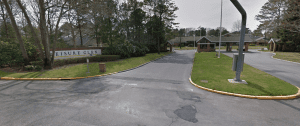
After numbers related to elder deaths during the pandemic were released, the AARP put out a release detailing questions people should put to nursing homes during the pandemic, including if the home is at full staff, and how many people have tested positive for COVID-19.
“New Yorkers need to communicate with their loved ones in nursing homes on a regular basis and to be aware if the virus is present in the facility.” said AARP New York State Director Beth Finkel in the release.
With so many nursing homes locked down during the pandemic, many were not willing to share much about the numbers of people in their facility, either staff or residents, who had become sick. Still, both Bristal Assisted Living, with locations around Long Island, and the 55+ community Vistas at Port Jefferson are offering virtual tours during the pandemic.
A representative from the Smithtown Center For Rehabilitation and Nursing Care said they have barred visitors since March 9, in compliance with state guidelines. In order to keep families connected, the facility sends out email blasts and has social workers and nursing staff call family members for updates. According to itswebsite, they are also scheduling times for residents to video chat with loved ones.
It’s not only the nursing homes that are struggling. For communities who mainly house older residents, the virus has been just as disruptive, perhaps even more so than an average neighborhood.
The 646 homes in Leisure Glen, a 55-and-older gated community in Ridge, have also felt the pressure of the ongoing pandemic. Ed Marczak, the homeowner association president at Leisure Glen, said they have been complying with guidelines on social distancing and have cancelled all community events and activities, along with the clubhouse.
“My wife and I haven’t had much contact with neighbors or others,” Marczak said. “If it’s nice out we’ll see some people out, but everybody is trying to be 6 feet apart.”
The real estate sector of the community has also slowed down, with those in the middle of closing or selling homes now having to hold off until an unknown date arrives.
Laura Ruhnke, lead broker at Leisure Living Realty, said before the pandemic, they were experiencing a strong market, but not anymore. Virtual home tours are an option for the group,but it could be tricky as some clients may not be as tech savvy.
”Business has drastically slowed down since the outbreak,” she said.

